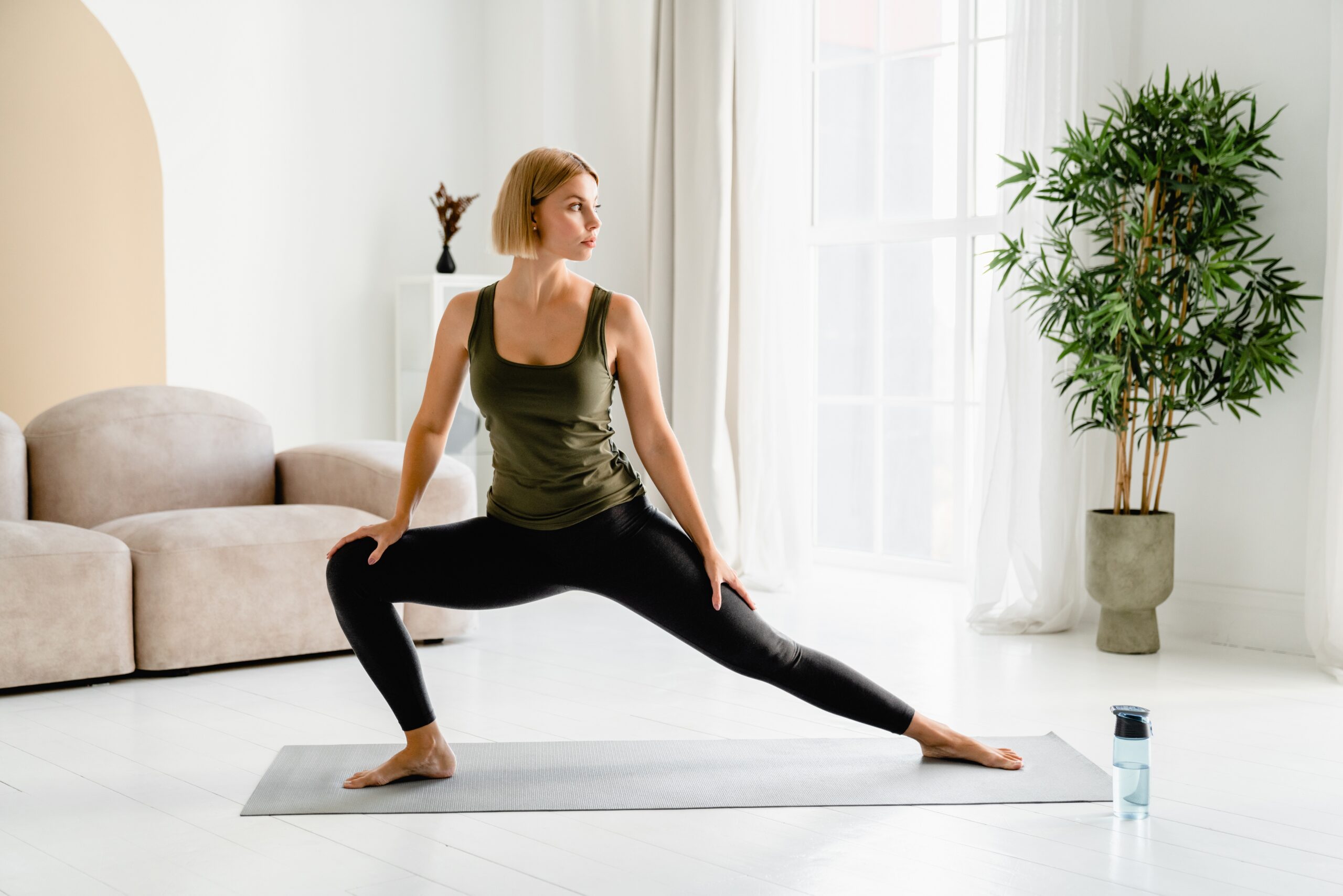Table of Contents

Movement-based meditation is transforming how we approach mindfulness by allowing us to find peace and awareness while staying physically active rather than sitting still.
At a Glance
- Combining movement with meditation creates a holistic approach that benefits physical, mental, and emotional well-being
- Practices like yoga, tai chi, walking, and even HIIT can be forms of mindful movement when done with awareness
- Movement-based meditation improves focus, enhances mind-body connection, reduces stress, and aids recovery
- This approach makes meditation more accessible for those who struggle with traditional sitting meditation
The Evolution of Meditation Beyond Stillness
For many, the word "meditation" conjures images of sitting cross-legged in silent stillness. However, meditation has evolved to embrace movement as a powerful pathway to mindfulness. This modern approach recognizes that awareness doesn't require immobility—it can be cultivated through intentional movement that synchronizes breath, body, and attention. For adults over 40 who may find sitting meditation challenging due to physical discomfort or restlessness, movement-based practices offer an accessible alternative that honors both the need for physical activity and the desire for mental clarity.
When we integrate mindfulness into movement, we create opportunities to observe our bodies in action, notice our thoughts as they arise during activity, and develop deeper connections between our physical sensations and emotional states. This practice doesn't require extraordinary athletic ability—simple actions like mindful walking, gentle stretching, or flowing movements can become powerful meditation experiences when approached with intention and awareness of the present moment.
Types of Movement Meditation for Every Body
Movement meditation comes in many forms, making it adaptable to various physical abilities and personal preferences. Yoga stands out as perhaps the most recognized movement meditation, combining postures, breath control, and mental focus to create a comprehensive mind-body experience. The deliberate transitions between poses encourage practitioners to stay present and notice subtle changes in their bodies. For those with joint concerns or limited mobility, chair yoga offers many of the same benefits without placing stress on knees or requiring getting up and down from the floor.
Tai chi and qigong represent ancient Chinese practices that emphasize slow, flowing movements coordinated with breath. These gentle approaches are particularly well-suited for older adults seeking to improve balance, reduce fall risk, and cultivate mental tranquility. Walking meditation transforms an everyday activity into a mindfulness practice by bringing full attention to each step, the sensation of feet touching the ground, and the rhythm of movement and breath. Even activities like swimming can become meditative when practitioners focus on the feeling of water against skin and the pattern of breathing.
— meredithhutton79 (@Merehutton79) February 8, 2025
The Science-Backed Benefits of Mindful Movement
Research increasingly supports the effectiveness of movement-based meditation for overall health. When we combine physical activity with mindfulness, we experience benefits beyond what either practice might offer alone. Studies show that mindful movement can significantly reduce cortisol levels—the hormone associated with stress—while simultaneously increasing production of endorphins, the body's natural mood elevators. This powerful combination helps explain why many practitioners report feeling both calmer and more energized after sessions.
For adults concerned with maintaining cognitive function, movement meditation offers additional advantages. The combination of physical activity and focused attention creates new neural pathways and may help preserve brain health. Regular practitioners often report improved memory, sharper focus, and greater mental clarity. From a cardiovascular perspective, practices like mindful walking, tai chi, and yoga have been shown to reduce blood pressure and improve heart rate variability—a marker of cardiovascular resilience that becomes increasingly important with age.
Integrating Movement Meditation Into Daily Life
The beauty of movement meditation lies in its accessibility—it can be incorporated into everyday activities without requiring special equipment or dedicated time blocks. Morning routines offer an ideal opportunity to begin with mindful movement, perhaps through a few minutes of gentle stretching while focusing on breath and body sensations. This simple practice sets a tone of awareness that can carry through the day, promoting better stress management and more thoughtful responses to challenges.
— Kevin Bambrough (@BambroughKevin) January 23, 2025
Household chores transform from mundane tasks to meditation opportunities when approached mindfully. Gardening becomes a chance to connect with nature while noticing the sensation of soil, the scent of plants, and the rhythm of movement. Even grocery shopping can become a mindful practice by walking deliberately through aisles, noticing the colors and textures of foods, and making conscious choices. The key is bringing full attention to whatever movement you're engaged in, returning to awareness of breath and body whenever the mind wanders to worries or planning.
Starting Your Movement Meditation Practice
Beginning a movement meditation practice requires nothing more than willingness and curiosity. Start with just five minutes of mindful movement—perhaps gentle stretching, walking around your neighborhood, or flowing through simple yoga poses. Focus on physical sensations: the feeling of muscles extending, feet connecting with the ground, or changes in your breathing pattern. When thoughts arise, as they inevitably will, acknowledge them without judgment and gently return attention to your movement and breath.
Over time, you may naturally wish to extend your practice. Many find that joining classes specifically designed for mindful movement provides helpful structure and community support. Local senior centers, community recreation programs, and health clubs increasingly offer options like gentle yoga, tai chi for balance, or mindful walking groups tailored to older adults. Online resources have also expanded dramatically, providing access to guided movement meditations that can be practiced at home according to individual schedules and physical capabilities.
Sources:
https://insighttimer.com/danieldh/guided-meditations/expanding-consciousness-meditation
https://refillmybottle.com/how-breathwork-mindful-movement-and-meditation-are-integral-to-your-fitness-routine/
https://aihcp.net/2024/08/19/holistic-wellness-integrating-mind-body-and-spirit/
AD
Most Recent
AD
